Return to Photo Index Return to Clickable Map Return to Home Page
Travel Pictures - FRANCE & ANDORRA - 1998
I traveled across France from north to south, making my way initially by
hitchhiking and then, by necessity, train (this
was because even after the French
drivers pulled over to offer me a lift, I couldn't communicate where I wanted to
go!).
The very first Frenchmen I dealt with (a
train conductor) was an arrogant $&!?#!
who seemed to mirror the
negative stereotype often attributed to the French people.
However, every French citizen I
dealt with afterward was helpful and welcoming -
even in Paris. Perhaps
the most memorable site for this American was my visit to
Normandy.
Although I have never thought that any structure or piece of land
should
be considered "Holy" or "hallowed", I did have to rethink my beliefs during
my tour of the Normandy American Cemetery and Memorial.
Departing France I
climbed into the Pyrenees and entered the tiny mountain enclave of
Andorra where
I met a special, young family.
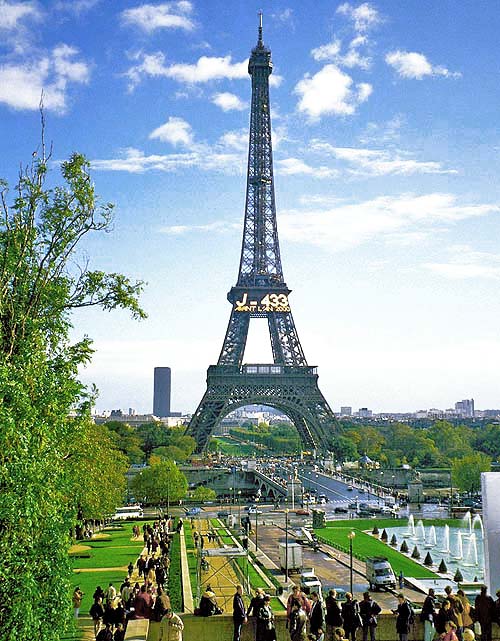
commemorated the centennial celebration of the French Revolution. When it was first constructed, the arcing mass of steel created
controversy as it was considered an eyesore in addition to being hated. According to Wikipedia, the novelist Guy de Maupassant,
who claimed to hate the tower, supposedly ate lunch in the Tower's restaurant every day because it was the one place in Paris where
the Eiffel could not be seen! Today, it is widely thought of as a striking piece of structural art and has become a global icon -
Paris, France
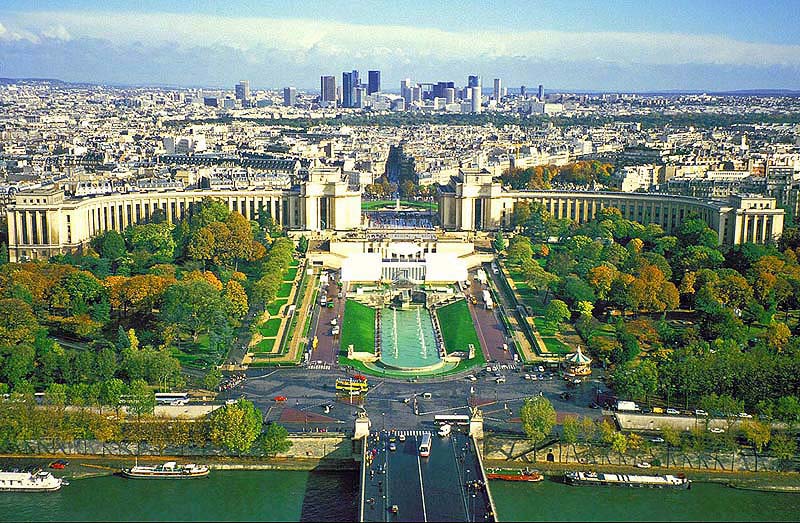
Paris, France
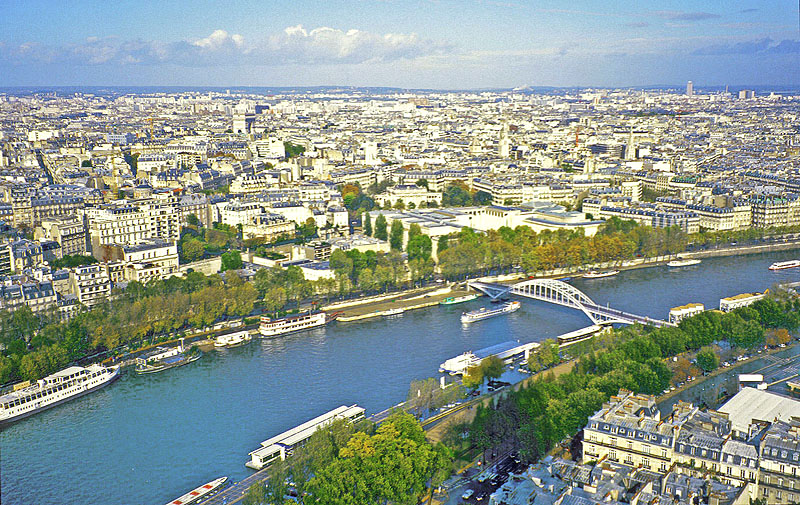
can be seen rising above the rooftops (left of center) -
Paris, France
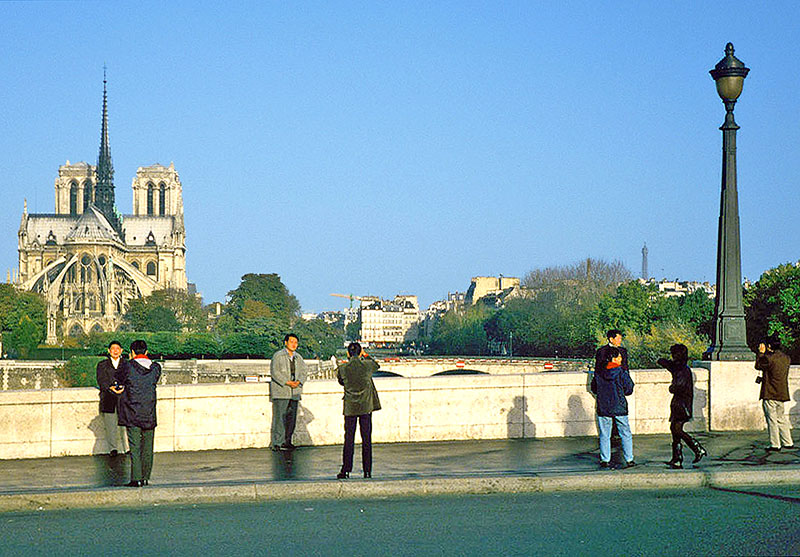
The cathedral, which is the cathedral of Paris, means "Our Lady" in French. This rear view of the
cathedral shows the flying buttresses used to stabilize the tall, thin exterior walls of the chapel -
Paris, France
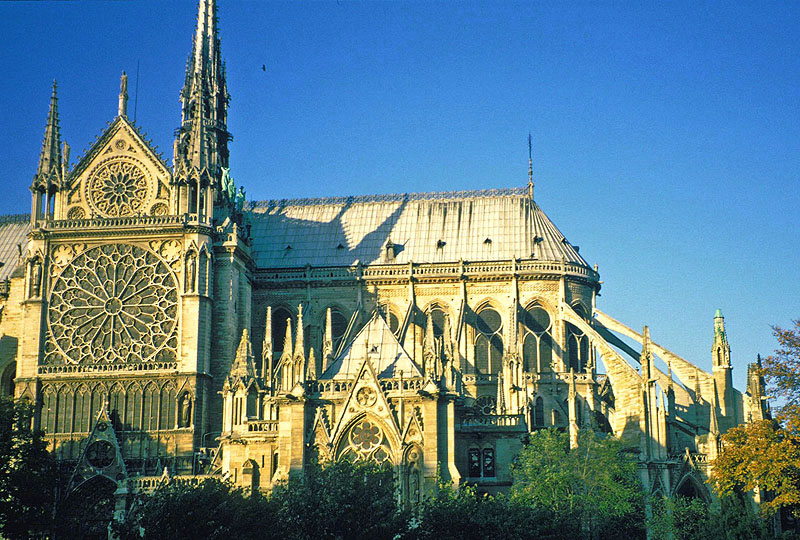
initial construction because the thin walls (a popular design at the time) began to move outward due to horizontal forces from the roof load -
Paris, France
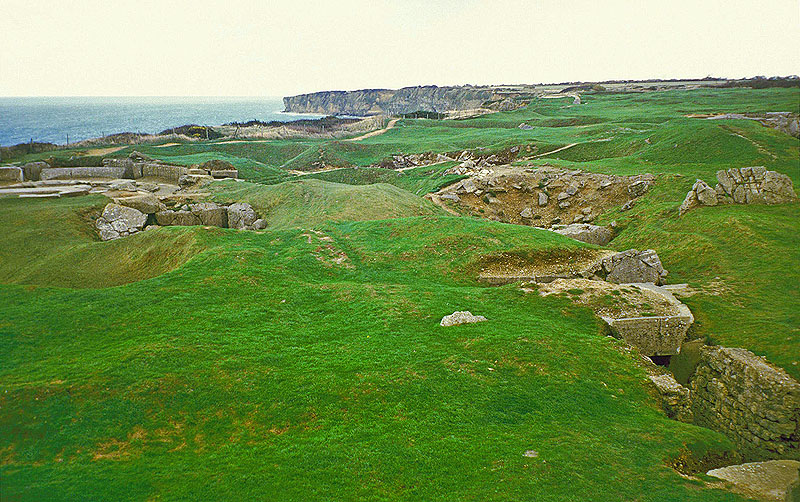
are not sand bunkers but are actually bomb craters still evident after all these years. This strategic location sits atop 100-foot cliffs overlooking
both Omaha Beach and Utah Beach. The Nazis had constructed gun stations here to fire on both beaches in the event of an invasion.
American forces scaled the cliffs on the morning of June 4th, 1944 using ropes, ladders, and grapples while under enemy fire -
Point Du Hoc; Normandy, France
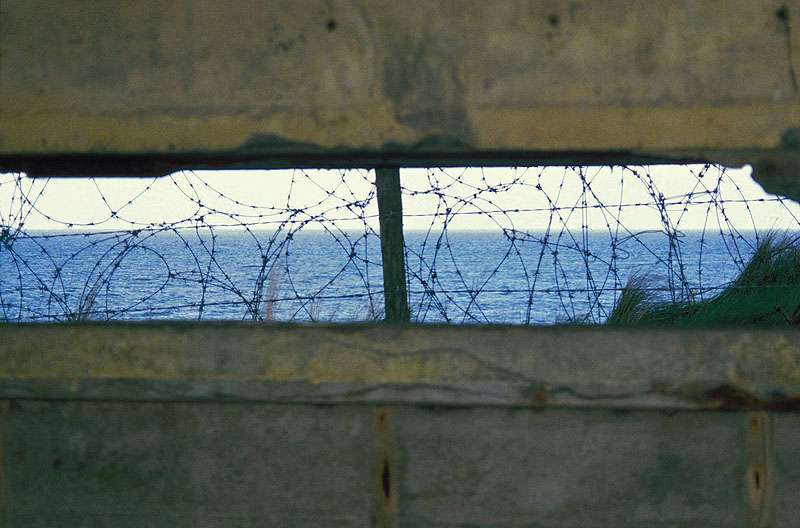
would have seen from the gun station on the morning of the Normandy Invasion -
Point Du Hoc; Normandy, France
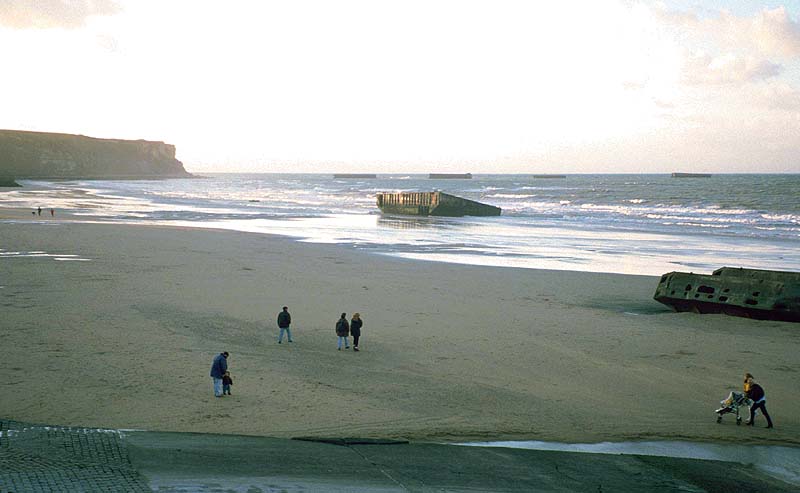
created during the Allied invasion of France. The caissons were hauled all the way across the channel from England (at 5 m.p.h.)
which enabled the construction of a fully-functioning harbor in just three days following the D-day invasion -
Arromanches; Normandy, France
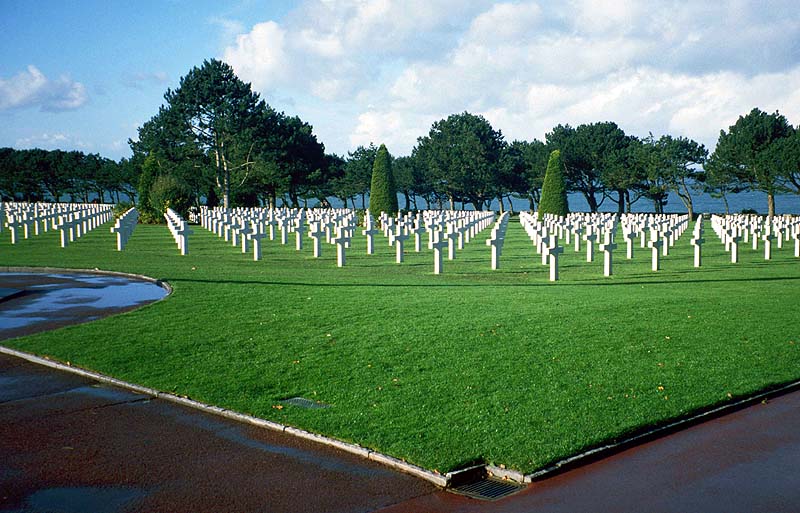
the horrific fighting that ensued afterward. Of this number there are 33 pairs of brothers buried side by side as well as a father and his son.
Nearby is a memorial for the 1,557 soldiers who lost their lives during the fighting but whose remains could not be identified or found.
These fallen soldiers were not "left" overseas but were in fact buried on foreign soil at the request of the next-of-kin.
All of the graves face west - toward the United States of America -
Normandy American Cemetery and Memorial; Omaha Beach, France
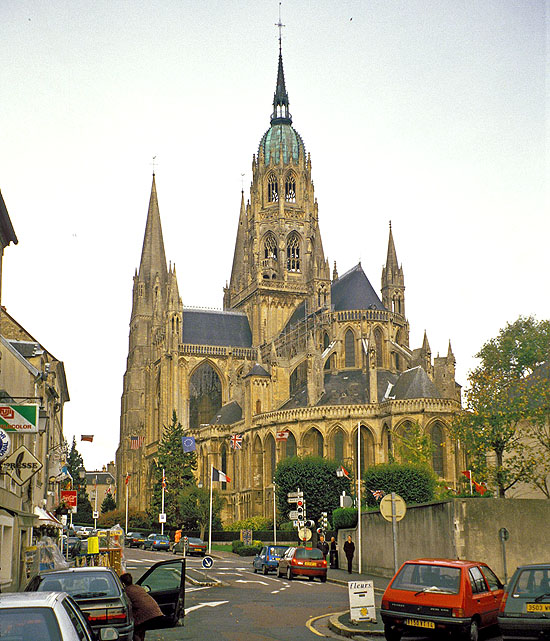
20 in. by 230 ft. long embroidered cloth which chronicles the 1066 Norman conquest of England. The Tapestry is annotated
in Latin and provides a unique visual document of medieval arms, apparel, and other objects unlike any other artifact
surviving from this period. Bayeux was one of the first French towns to be liberated during the Battle of Normandy -
Bayeux, France
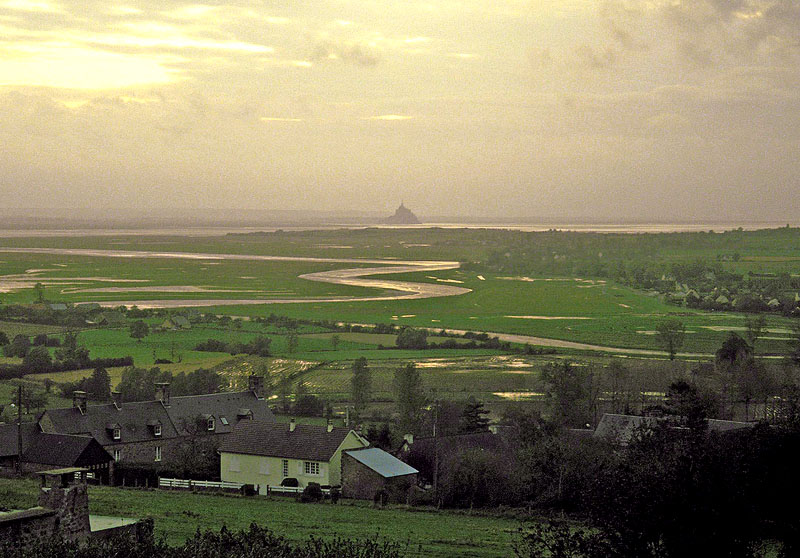
in the bay of Mont Saint Michel, which has some of the highest tides in France with water levels varying by 45 feet -
Mont St. Michel, France
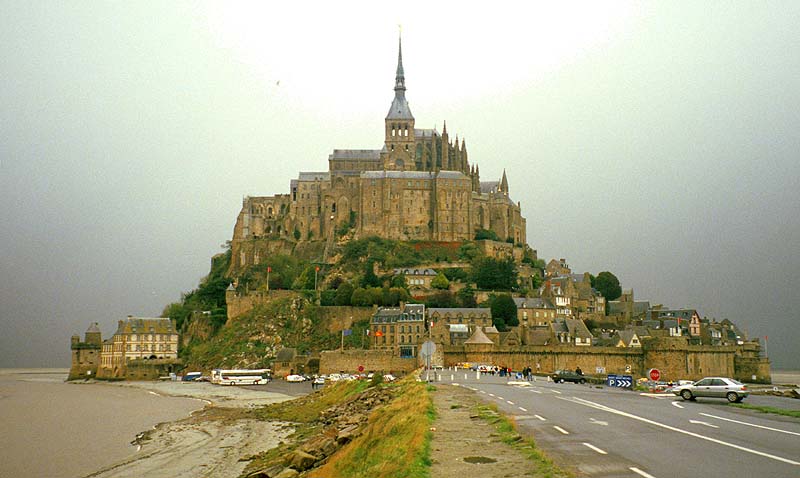
constructed between the 11th and 16th centuries on the granite islet of Mt. Tombe just off France's northwest coast -
Mont St. Michel, France
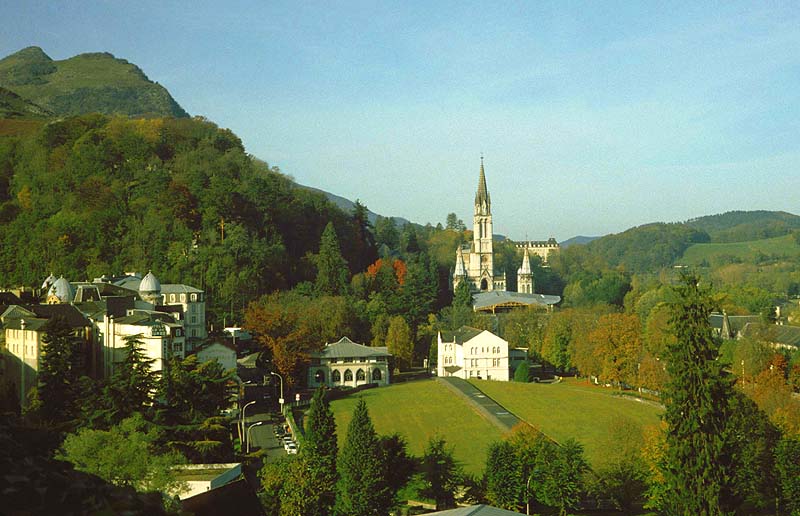
were visiting Lourdes. Today, Lourdes receives 5,000,000 visitors annually and, within France, only Paris has more hotel rooms -
Lourdes, France
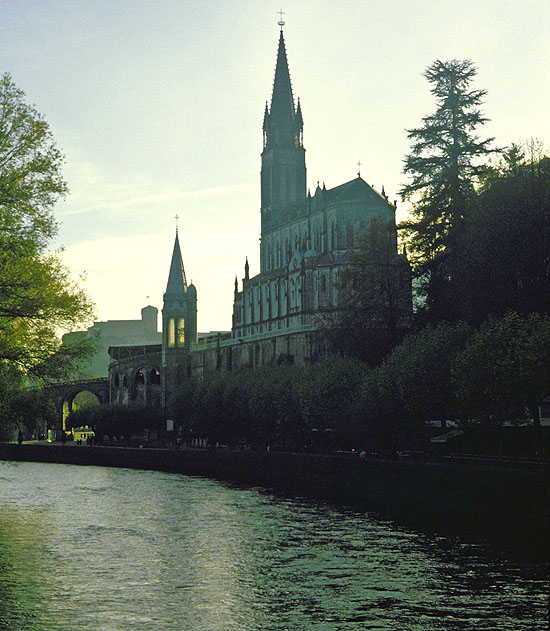
apparitions were reportedly seen. From the grotto emerges a spring whose water (said to have been uncovered by Bernadette)
is sold to pilgrims. As many as 350,000 of the visitors also partake in the ritual baths -
Lourdes, France
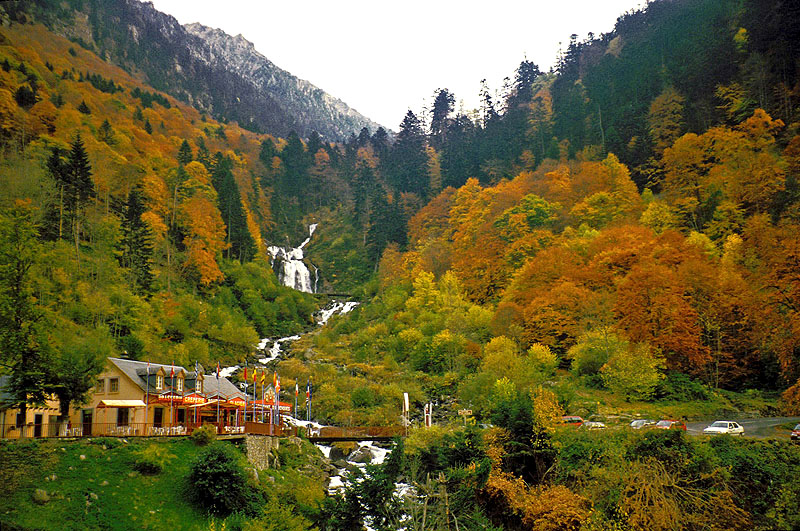
near Cautarets, France
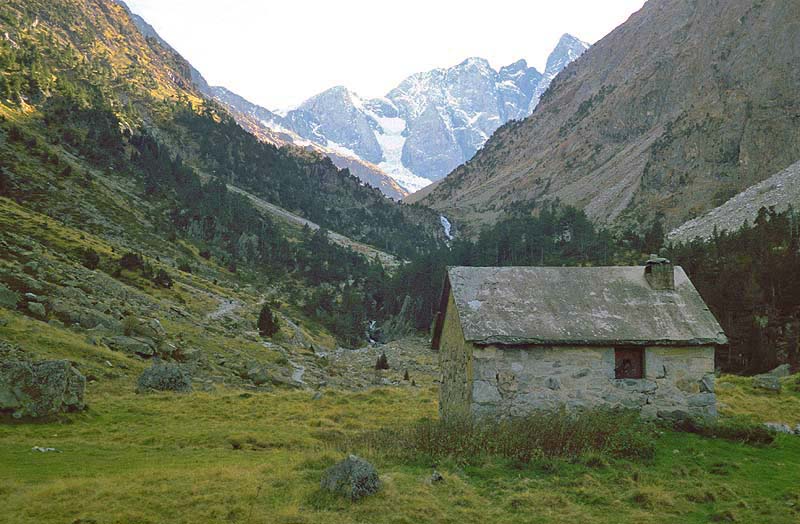
border between France and Spain in addition to separating the Iberian Peninsula from the rest of mainland Europe.
The Pyrenees contain several peaks over 11,000 feet -
near Lac de Gaube, France
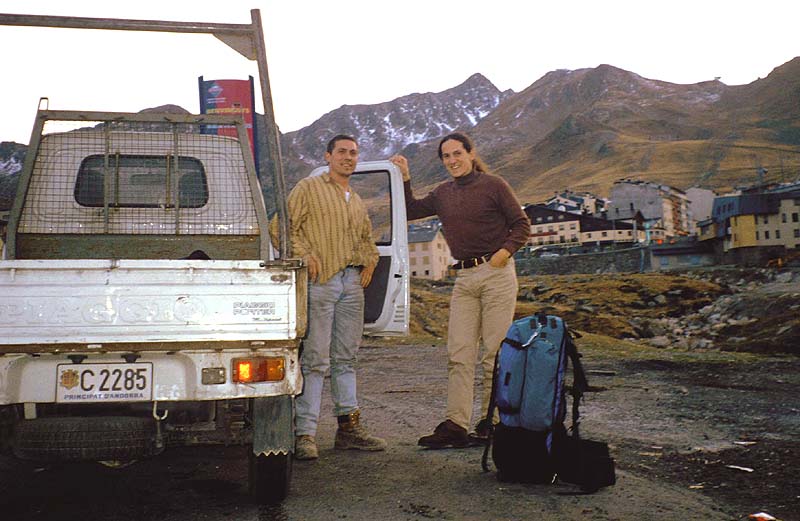
between France and their adopted country. The lofty mountain pass is home to a world-class ski resort of the same name -
Pas de La Casa, Andorra
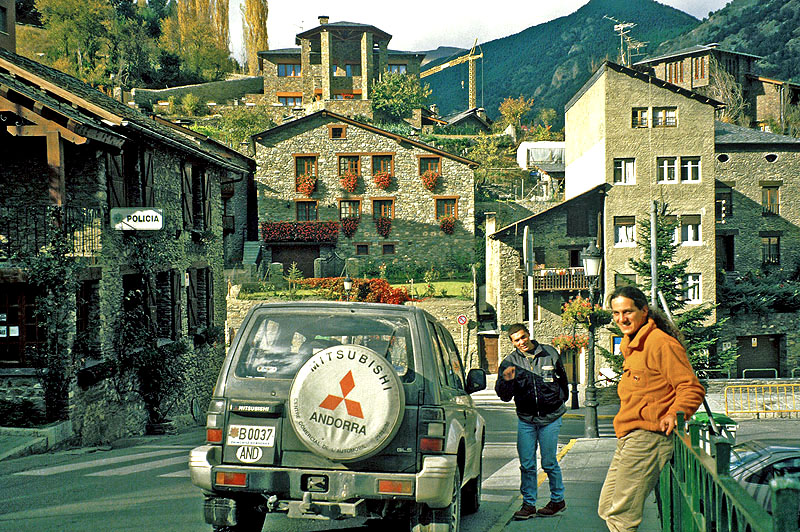
Because of its natural beauty and duty-free shopping, tourism provides 80% of Andorra's annual GDP -
Andorra la Vella, Andorra
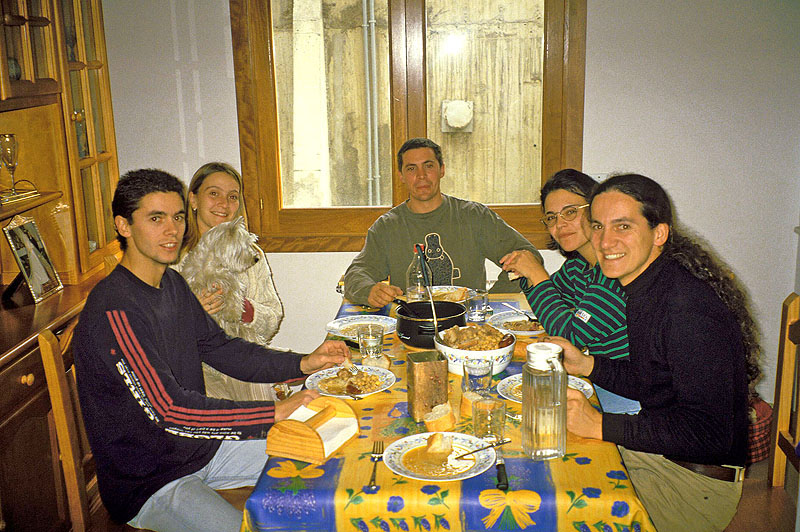
three brothers and two wives (and their television-watching dog) may have been the most special of all, as they practically adopted me into
their close-knit family. Not only did they ask for nothing but, in addition, they would not accept anything in return for their hospitality -
Andorra la Vella, Andorra
Return to Photo Index Return to Clickable Map Return to Home Page
For authorized use of these photos, please contact Ron Miller at TheHappyCannibal@gmail.com